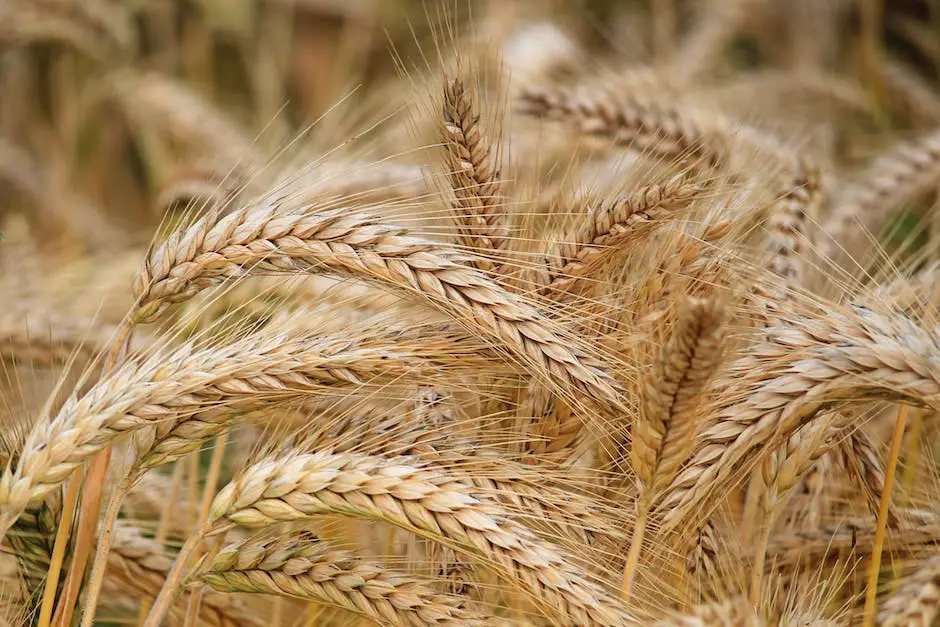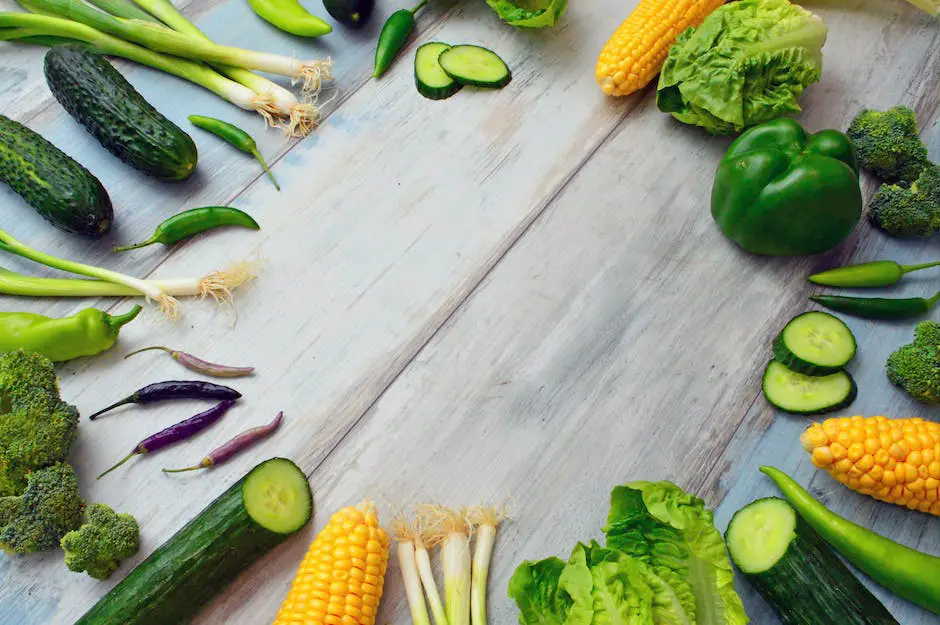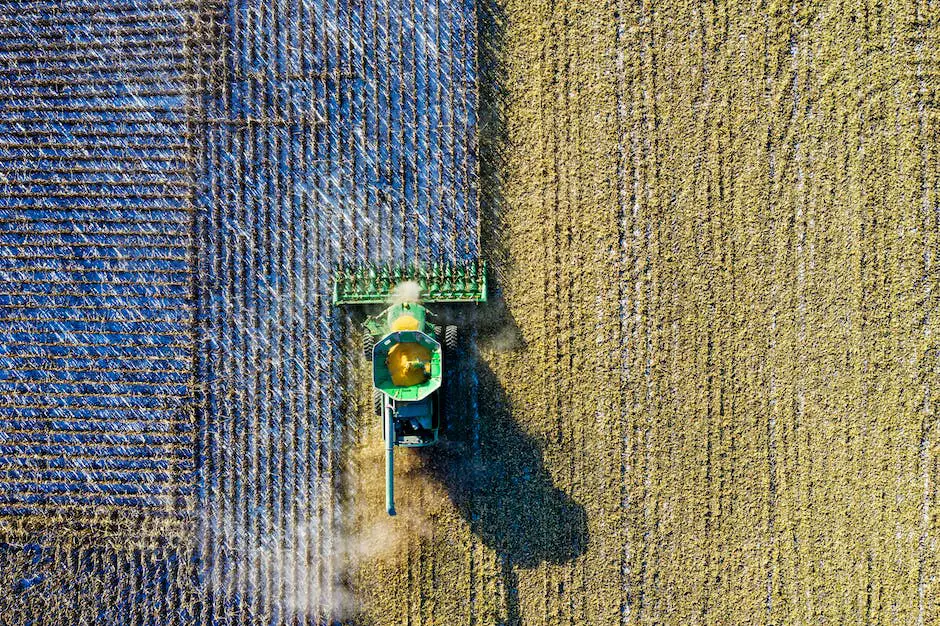-
Table of Contents
Introduction
Oats are a popular cereal grain that are grown in many parts of the world. They are used for a variety of purposes, including as a food source for humans and livestock, as well as for industrial applications. Harvesting oats at the right time is important to ensure a good yield and quality of the crop. In this article, we will discuss when oats are typically harvested and the factors that influence the timing of the harvest.
The Best Time to Harvest Oats: A Guide for Farmers
Oats are a popular cereal crop that is grown all over the world. They are used for a variety of purposes, including human consumption, animal feed, and industrial applications. Harvesting oats at the right time is crucial for ensuring a good yield and high-quality grain. In this article, we will discuss the best time to harvest oats and provide a guide for farmers.
Oats are typically ready for harvest in late summer or early fall, depending on the climate and growing conditions. The ideal time to harvest oats is when the grain has reached its maximum weight and has a moisture content of around 14%. Harvesting oats too early can result in immature grain that is low in quality, while harvesting too late can lead to shattering and loss of grain.
One way to determine when oats are ready for harvest is to look at the color of the crop. When the oats are ready, the crop will turn from green to yellow or brown. This is a sign that the grain has reached maturity and is ready to be harvested. Another way to determine the readiness of oats is to check the moisture content of the grain. This can be done using a moisture meter or by taking a sample of the grain and drying it in an oven.
Once the oats are ready for harvest, farmers have several options for harvesting the crop. One common method is to use a combine harvester, which cuts and threshes the grain in one pass. This is a fast and efficient way to harvest oats, but it requires a large investment in equipment. Another option is to use a swather, which cuts the oats and lays them in windrows for drying. This method is slower than using a combine harvester, but it can be more cost-effective for small-scale farmers.
After the oats have been harvested, they need to be dried to a moisture content of around 12%. This can be done using a grain dryer or by spreading the grain out in the sun. Once the grain has been dried, it can be stored in a cool, dry place until it is ready to be sold or used.
In addition to timing the harvest correctly, there are several other factors that can affect the yield and quality of oats. These include soil fertility, weed control, and disease management. Farmers should take steps to ensure that their oats are grown in healthy soil, free from weeds and pests, and protected from diseases.
In conclusion, harvesting oats at the right time is crucial for ensuring a good yield and high-quality grain. The best time to harvest oats is when the grain has reached its maximum weight and has a moisture content of around 14%. Farmers have several options for harvesting oats, including using a combine harvester or a swather. After the oats have been harvested, they need to be dried to a moisture content of around 12% before they can be stored or sold. By taking these steps and ensuring that their oats are grown in healthy soil and protected from pests and diseases, farmers can maximize their yields and produce high-quality grain.
From Field to Table: Understanding the Oat Harvesting Process
Oats are a staple food in many parts of the world, and they are used in a variety of dishes, from breakfast cereals to baked goods. But have you ever wondered when oats are harvested? The answer to this question depends on several factors, including the climate, the type of oats, and the intended use of the crop.
The oat harvesting process typically begins in late summer or early fall, when the oats have reached maturity. At this point, the plants have produced seed heads, which contain the grains that will be harvested. The timing of the harvest is critical, as the grains must be harvested before they become too dry and begin to shatter.
In some regions, oats are harvested using a combine harvester, which is a large machine that cuts and threshes the plants in one pass. The combine separates the grains from the straw and chaff, and the grains are then stored in a hopper for transport to a processing facility. This method is efficient and can be used to harvest large fields quickly.
In other regions, oats are harvested using a more traditional method known as swathing. Swathing involves cutting the plants and laying them in rows to dry in the sun. Once the plants have dried, they are gathered into bundles and threshed to separate the grains from the straw. This method is slower and more labor-intensive than using a combine, but it can be useful in areas where the terrain is too steep or rocky for large machinery.
The timing of the harvest can also vary depending on the intended use of the oats. For example, oats that are destined for animal feed may be harvested earlier than those that will be used for human consumption. This is because animal feed oats do not need to be as uniform in size and shape as human food oats, and they can be harvested before the grains are fully mature.
Oats that are intended for human consumption, on the other hand, must be harvested at just the right time to ensure that the grains are plump and flavorful. If the grains are harvested too early, they may be small and underdeveloped, while if they are harvested too late, they may be dry and tough. For this reason, many oat farmers carefully monitor their crops and harvest them at the optimal time for their intended use.
Once the oats have been harvested, they are typically transported to a processing facility, where they are cleaned, sorted, and packaged for sale. The processing method can vary depending on the type of oats and the intended use of the final product. For example, steel-cut oats are made by cutting the whole oat groat into small pieces, while rolled oats are made by steaming and flattening the groats.
In conclusion, the timing of the oat harvest depends on several factors, including the climate, the type of oats, and the intended use of the crop. Whether they are harvested using a combine or a more traditional method, oats must be harvested at just the right time to ensure that the grains are plump and flavorful. Once they have been harvested, they are transported to a processing facility, where they are cleaned, sorted, and packaged for sale. Understanding the oat harvesting process can help consumers appreciate the hard work that goes into producing this nutritious and versatile crop.
Q&A
1. When are oats harvested?
Answer: Oats are typically harvested in late summer or early fall, when the grains have ripened and the stalks have turned yellow or brown.
2. How do farmers know when to harvest oats?
Answer: Farmers can determine when to harvest oats by monitoring the moisture content of the grains and the color of the stalks. They may also use specialized equipment to test the maturity of the crop.
Conclusion
Oats are typically harvested in the late summer or early fall, when the grains have ripened and the stalks have turned brown. The exact timing of the harvest can vary depending on the climate and growing conditions in a particular region. In general, oats are harvested using a combine harvester, which cuts the stalks and separates the grains from the chaff. Once harvested, the oats can be used for a variety of purposes, including human and animal consumption, as well as for industrial applications. Overall, the timing of the oat harvest is an important consideration for farmers and other stakeholders in the agricultural industry.





